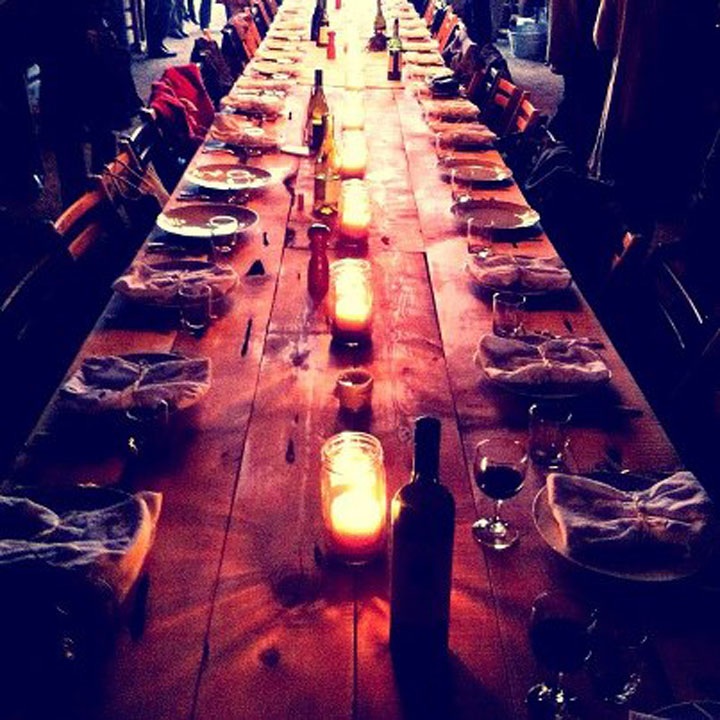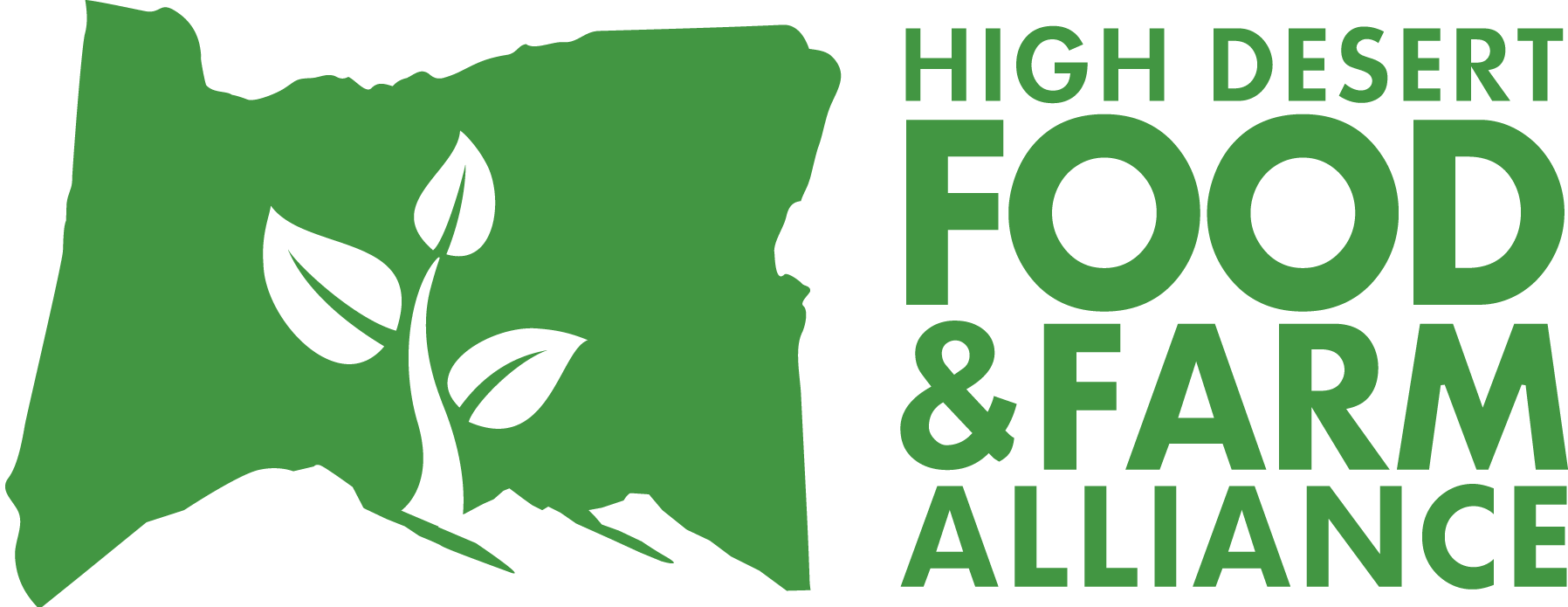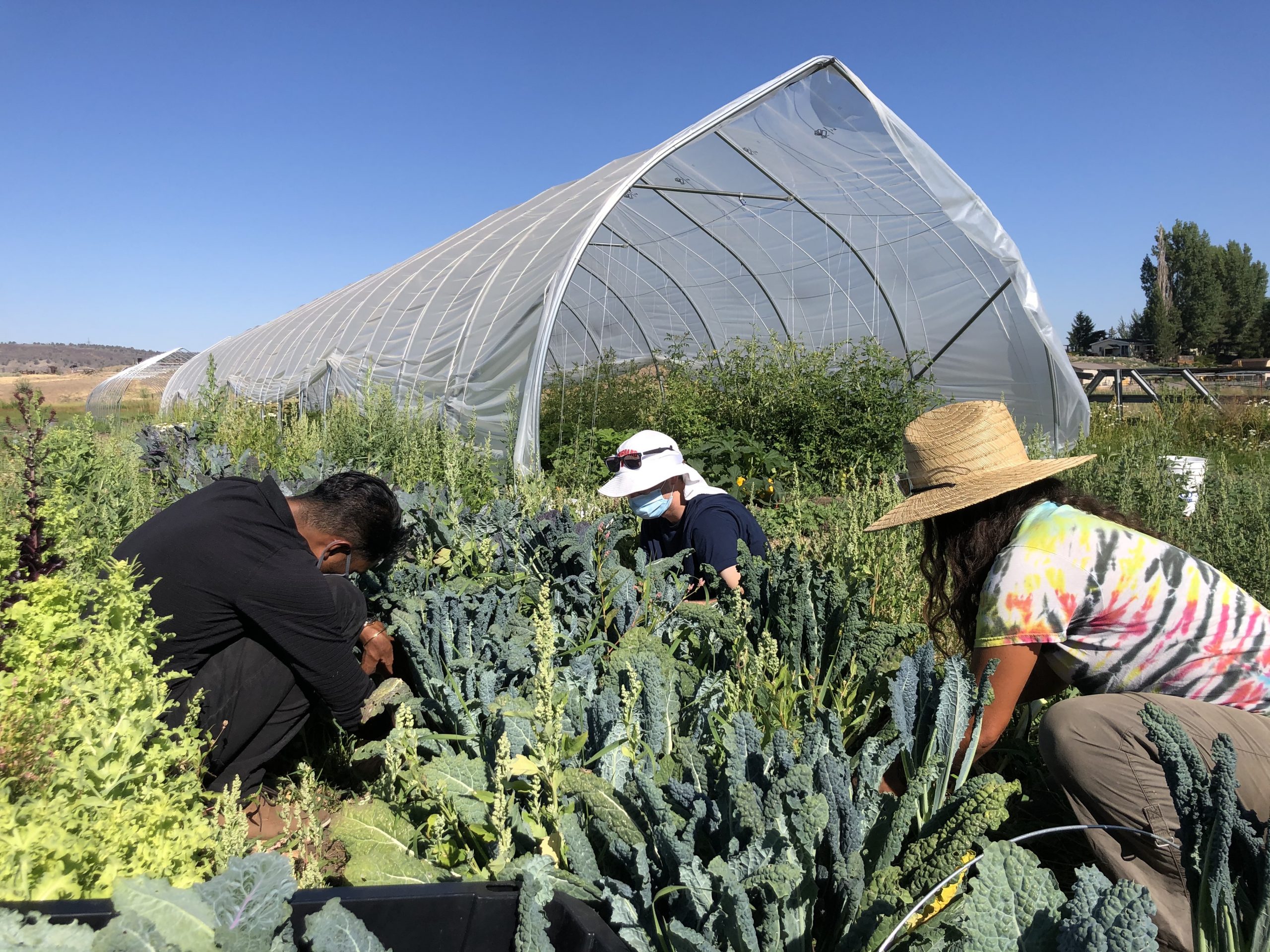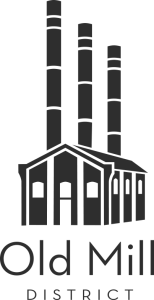Resources

HDFFA has worked with Central Oregon producers for over 10 years. Dig into some of our resources below.
Can’t find what you’re looking for? Email us and we’d be happy to help!

Agritourism
Do you love engaging with your customers and educating the community on local food? Agritourism might be right for you! Use these resources to research, plan, and develop an agritourism experience at your farm or ranch.
- OSU Agritourism Resources: For farmers interested in agritourism, including information on getting started and laws and regulations.
- Developing a Successful Agritourism Business in Oregon – self-paced course developed by OSU
- Is Starting a Farmstand Right For You?
- Oregon Agritourism Network Handbook
- Travel Oregon guide on getting started in agritourism in Oregon.
Business Planning
We know farmers and ranchers spend a ton of time IN their business, but are you spending enough time ON your business? Use these resources to build a sustainable operation through outlining your mission, understanding your cost of production, planning for the unexpected and more.
Expand the list below for resources.
- SARE Building a Sustainable Business
- Guide to developing a business plan for farms and rural businesses.
- Clackamas Small Business Development Center
- Resources and classes to help small business owners with some courses specializing in farm management.
- AgWest Farm Credit Service Business Tools
- Strategic business planning, risk management planning, preparing agricultural financial statements, land buying checklist, and more.
- Using Cost Information for Business Management and Business Decision Making
- A presentation from Oregon Tilth on ways that cost of production information can be used to manage your business and make better business decisions.

Conservation
Conservation of our soil, water, and atmosphere are critical for the health and viability of farms and ranches in Central Oregon. Use the resources below to learn how you can become more sustainable in your agricultural production.
- USDA Natural Resources Conservation Services (NRCS) (Oregon): Works with private landowners to conserve soil, water, and other natural resources.
- Oregon Climate and Agriculture Network
- Collaboration with farmers to build a regenerative agricultural economy in Oregon that is rooted in community and thrives through disruptions.
- Oregon Tilth
- Non-profit that supports and advocates for organic food and farming, as well as certifies for organic certification.
- Deschutes Basin Water Collaborative
- Collaborative organized by the Central Oregon Intergovernmental Council of stakeholders working on critical water allocation and management issues in the Deschutes Basin.
- EcoFarm
- Non-profit organization facilitating an exchange of knowledge among a diversity of stakeholders and grassroots leadership through its connective educational events.
- A Greener World
- Non-profit dedicated to empowering sustainable solutions in agriculture by promoting and supporting real-life farming models to the public and offering practical guidance on achieving truly sustainable livestock farming systems to farmers and ranchers.
- ATTRA Sustainable Agriculture Program:
- Program from the National Center for Appropriate Technology that “provides high-value information and technical assistance to farmers, ranchers, Extension agents, educators, and others involved in sustainable agriculture.
Direct-to-Consumer Sales
Selling direct to the consumer and cutting out the middleman is a good option for most small scale farmers. Use the resources below to determine which models of direct-to-consumer sales, such as a CSA model, farm stand, or weekly farmers markets, work best for you.
Expand the list below for resources.
- List of Central Oregon Farmers Markets
- Oregon Farmers Market Association
- Non-profit organization “supporting local agriculture and healthy communities by strengthening and promoting Oregon’s farmers markets.
- Increasing Food Access through CSA:
- Blog post by Megan French from Boundless Farmstead explaining how to apply to accept SNAP/EBT.
- The CSA Farmer’s Nationwide Guide to Accepting SNAP/EBT Payments
- Zenger Farms guide to help navigate the process of accepting SNAP/EBT for CSA purchases.
- CSA Ideas Lab: “A regular discussion series focused exclusively on topics of interest to CSA farmers and farmer support providers.”
- Farmer’s Guide to Direct Sales Software Platforms: A guide to all of the available sales platforms for direct channels.
Funding and Grant Opportunities
There are a number of funding and grant opportunities available to local farmers and ranchers through public and private entities. Depending on your operation, you may qualify for cash you don’t even know about! Check out grant and loan programs for farmers and ranchers below.
Expand the menu below for resources.
- Grants and Loans Offered by the USDA:
- Overview of USDA AMS Grants: Determine which grant is right for you.
- Farmers Market Promotion Program (grant):
- Funds projects that develop, coordinate and expand direct producer-to-consumer markets to help increase access to and availability of locally and regionally produced agricultural products.
- Specialty Crop Block Grant (grant)
- Enhances the competitiveness of specialty crops defined as fruits, vegetables, tree nuts, dried fruits, horticulture, and nursery crops (including floriculture).
- Value Added Producer grant
- Helps agricultural producers enter into value-added activities related to the processing and marketing of new products.
- Organic Certification Cost-Share Program
- Cost share assistance to producers and handlers of agricultural products who are obtaining or renewing their certification.
- NRCS Organic Initiative
- Financial assistance to implement conservation practices for organic producers.
- NRCS High Tunnel System Initiative:
- Cost-share high tunnels to extend producer’s growing season.
- Beginning Farmers and Ranchers Loans:
- Farm Ownership Loan access to land and capital.
- Farm Operating Loans: Assistance for operating or family living expenses, accessing new market opportunities, assist with diversifying operations, and more.
- Microloan Program: Financial assistance during a farm’s start-up years.
- Emergency Farm Loans: Rebuild and recover from sustained losses when a natural disaster is declared.
- Black Farmer (grant): Black farmers in Oregon and Washington.
- National Young Farmers Grant: Young and beginning farmers and ranchers to start up and grow their businesses.
- Aggie Bond Program: Provides affordable financing to new farmers for financing capital purchases.
- FarmAid Family Farm Disaster Fund: Provides emergency funds to farm families for family household and medical expenses.
- Whole Foods Local Producer Loan Program: A lending program from Whole Foods Markets for small, local, independent producers to help them expand their business.
- Northwest Farm Credit Services: Supports agriculture and rural communities with reliable, consistent credit and financial services.”
- AgVision: A lending program for young, beginning, and small producers.
- Building Sustainable Farms, Ranches, and Communities: Guide to federal programs for sustainable agriculture, forestry, entrepreneurship, conservation, food systems, and community development

Land Access
Land access can be difficult for new farmers and those moving to the area. Use the resources below to learn about options for finding and leasing/purchasing land in Central Oregon.
- Oregon Farm Link: Website for land seekers and holders to find each other and access agricultural land.
- Farm Lease Builder: A free tool from the Center for Agriculture and Food Systems to draft your own farmland lease.
- Oregon Agricultural Trust: Land trust collaboratively working to safeguard Oregon’s farm and ranch lands and the rural communities that depend upon them.

Marketing
We already know you are doing incredible things on your local farm/ranch, but make sure you tell everyone else! Use these resources to build your brand and engage your customers for maximum exposure of your products.
Expand the link below for resources.
- HDFFA – Marketing Resources and Logos
- A Dropbox folder with HDFFA Get a Taste of This Place resources including logos, campaign use guides, a seasonality poster, and the Welcome Kit and partner sticker.
- Get a Taste: A campaign developed by HDFFA to highlight Central Oregon grown foods.
- HDFFA – Marketing Resources from Pickle Jar Studios and Shannon Lee Strategy
- A Dropbox full of useful resources and worksheets to develop your marketing and social media strategy.
- HDFFA – Social Media and Marketing Strategies for Farmers and Ranchers:
- A three-part series developed by Pickle Jar Studios and Shannon Lee Strategies. Reach out to Andrea Smith for recordings.
- HDFFA – Producer Profiles
- Many HDFFA farm and ranch partners have producer profiles made for them to promote their products and tell their stories.
- Farm Direct Marketing, Agricultural Products
- How to market agricultural products such as fruits, vegetables, flowers, nuts, eggs, honey, and grains.
- Farm Direct Marketing, Producer-Processed Products
- How to market producer-processed products such as jams, jellies, pickles, and fermented fruits and vegetables.
- USDA Agricultural Marketing Service
- Tools and services for producers to help create marketing opportunities.

Policy
Public policy on the local, state, and federal level can have impacts on farmers and ranchers in a variety of ways. Use the resources below to empower yourself to advocate for public policy that supports your business’ mission.
- Friends of Family Farmers
- Non-profit amplifying the voices of Oregon’s independent family farmers, food advocates, and concerned citizens.
- National Farmers Union
- Non-profit advocating for family farmers, ranchers, fishers, and their communities through education, cooperation, and legislation.
- National Sustainable Agriculture Coalition
- Alliance advocating for federal policy reform to advance the sustainability of agriculture, food systems, natural resources, and rural communities.

Reports
Read the following reports written by HDFFA and its partners to learn more about how local food connects communities with their farmers and ranchers and what we are doing in Central Oregon to promote the local food system.
- HDFFA – Agricultural Support Tri-County Action Plan
- Report by HDFFA and OSU Extension that highlights strengths, weaknesses, opportunities, and threats facing Central Oregon farmers and ranchers and outlines a training and resource plan for the tri-county region from 2021-2024.
- HDFFA – Economic Impact of Local Food Producers in Central Oregon
- An analysis from HDFFA, Central Oregon intergovernmental Council, OSU Extension and the Center for Small Farms and Community Food Systems to measure the value of local food on our region
- Central Oregon Community Food Assessment (2010)
- Highlights the need to build fertile soil, preserve farmland, and address hunger, food insecurity and health disparities in Central Oregon
Resources for Beginning Farmers and Ranchers (BFR)
We work closely with beginning farmers and ranchers (10 or less years) throughout Central Oregon to support them with technical assistance, accessing sales and marketing channels, and connecting them with experienced producers. HDFFA’s Program is supported by the USDA Beginning Farmer and Rancher Development Program Grant.
Expand the menu below to see additional resources for farmers and ranchers new to the profession.
-
- HDFFA Growing Together Mentorship Program: HDFFA pairs beginning with more experienced producers in Central Oregon.
- Oregon State University Small Farms Program: current and relevant information for small farms and local ecosystems.
- OSU Central Oregon Small Farms: research-based educational programming and resources.
- Growing Vegetables in Central Oregon: A guide to growing vegetables in Central Oregon.
- What Can I Do with My Small Farm?: A guide related to the use of small-farm property.
- Whole Farm Management: From Start-up to Sustainability: A guide to help aspiring and beginner farmers make smart business decisions to ensure lasting success.
- Oregon Community Food Systems Network Beginning Farmers and Ranchers: A Oregon-based working group to coordinate existing services for Oregon’s beginning farmers and ranchers at all stages of development.
- Oregon Beginning Farmer and Rancher Resource Guide: A guide on training, business training, financing, land access, and bilingual services.
- Oregon Beginning Farmer and Rancher Service Providers: A map of state-wide organizations
- Rogue Farm Corps: A non-profit training the next generation of farmers and ranchers
- Oregon Department of Agriculture New and Small Farms: resources for small and new farms.
- USDA New Farmers: Steps to starting a farm and specific resources for women, youth, and veterans.
- Guide to USDA Resources for Historically Underserved Farmers and Ranchers: This guide can help you get started with USDA if you are new to farming or ranching. Includes resources for minorities, women, veterans, beginning, or limited resource producers.
- BeginningFarmers.org: A site for resources and services for BFRs.
Resources for Black, Indigenous, and Farmers and Ranchers of Color
At HDFFA, we understand that our agricultural system is built and maintained on a foundation of oppression and systemic racism of Black, Indigenous, people of color (BIPOC) and immigrants. Federal policies have limited access to land and capital for farmers and ranchers while creating inequitable food access for people. While we support farmers and ranchers from all communities and races, we also want to help connect BIPOC+ farmers and ranchers to minority-led organizations.
Expand the menu below to see resources.
- Warm Springs Community Action Team
- Empowering individuals and groups of people to realize their potential, become self-reliant, and affect positive change for themselves, their families, and their community.
- Native American Food Sovereignty Alliance
- Supporting Native communities nationally with advocacy education, and networking as they revitalize their indigenous food systems.
- Securing our Sustenance: Native Communities and Their Fight for Food Amongst the Pandemic:
- An overview of food and nutrition programs, current flexibilities, and grant opportunities that can address food security.
- Oregon Farm Link Navigate Program
- A one-on-one support and coaching for farmers of color seeking land in Oregon.
- Black Food Fund
- Fueling Black-led food systems transformation across the Pacific Northwest.
- Black Oregon Land Trust
- Creating opportunities for Black farmers in Oregon to collectively own land, build generational health and wealth, and birth sovereign, thriving communities.
- National Black Food and Justice Alliance
- A coalition of Black-led organizations aimed at developing Black leadership, supporting Black communities, organizing for Black self-determination, and building institutions for Black food sovereignty & liberation.
- Black Food Sovereignty Coalition
- Member-based organization working in solidarity with Black, Indigenous, and POC (BIPOC) growers, policy makers, advocates, and educators to stabilize food systems infrastructure for marginalized communities in the Pacific Northwest.
- Adelante Mujeres
- Offering Latina women and their families holistic programs and the tools to achieve self-determination in the areas of education, leadership training, and enterprise.
- Causa Oregon’s Immigration Rights Organization
- Working to “improve the lives of Latino immigrants and their families in Oregon through advocacy, coalition building, leadership development, and civic engagement.

Resources for Veterans
Agriculture is a good option for veterans interested in a career that allows them to work with their hands and give back to the community. Check out the resources below for veteran farmers and ranchers.
- Central Oregon Veterans Ranch
- Nonprofit working ranch that restores purpose and spirit to veterans of all ages.
- Farmer Veteran Coalition
- Non-profit mobilizing veterans to feed America and transition from military service to a career in agriculture.
- American Farmland Trust Veteran Women for the Land
- Project aiming to foster community among veteran women farmers in the Pacific Northwest

Wholesale
Wholesaling may be a good option if you want to streamline your sales channels as long as you have consistent quality and quantity to satisfy your wholesale accounts. Use the resources below to determine if wholesaling makes sense for your operation.
- HDFFA – Introduction to Wholesale for Farmers and Ranchers
- Guide for producers explaining what wholesale is and how wholesale pricing and volume impacts your business.
- HDFFA – Selling to Restaurants 101
- Guide includes information for farmers and ranchers on how to sell wholesale directly to restaurants and food businesses with topics on quality, consistency, ordering, and marketing.
- HDFFA – Choosing your Marketing Channels
- Guide from HDFFA to help you determine the best marketing channels for your farm or ranch.
- HDFFA – Post Harvest Handling Wholesale Guide
- HDFFA created this guide for Central Oregon producers in collaboration with Central Oregon Intergovernmental Council and Agricultural Connections. The revised guide is edited from the original version published by FamilyFarmed.
- Selling to Local and Regional Markets: Barriers and Opportunities for Beginning Farmers
- Report by ATTRA presenting the findings of a national survey on the use of intermediated and direct-to-consumer marketing channels by farmers, particularly new and beginning farmers, participating in local and regional food systems.
- Report by ATTRA presenting the findings of a national survey on the use of intermediated and direct-to-consumer marketing channels by farmers, particularly new and beginning farmers, participating in local and regional food systems.
- Guide to Market Channel Selection
- Resource from Cornell University to help farmers that are considering expanding into a new marketing channel (wholesale and direct-to-consumer).
- HDFFA Local Food Producer/Buyer Mixer
- Producers and businesses build relationships, troubleshoot barriers, and celebrate successes. Connect with restaurants, grocers, value-added producers, and other growers. Email agsupport@hdffa.org
- Agricultural Connections Cooperative
- Multi-stakeholder cooperative that sources locally and distributes to consumers, restaurants, and more.
- Central Oregon Locavore
- Non-profit that supports local food and farms through educational programs and a year-round indoor farmers market.

Miscellaneous
Find additional resources below.
- OCFSN Resource Guide
- Shows programs and organizations in the OCFSN Network that are geared toward farmers and ranchers.
- Mesothelioma Center, Farmers and Asbestos:
- Resources and information regarding asbestos exposure for farmers and health risks associated.
Can’t find what you’re looking for? Email us and we’d be happy to help!









